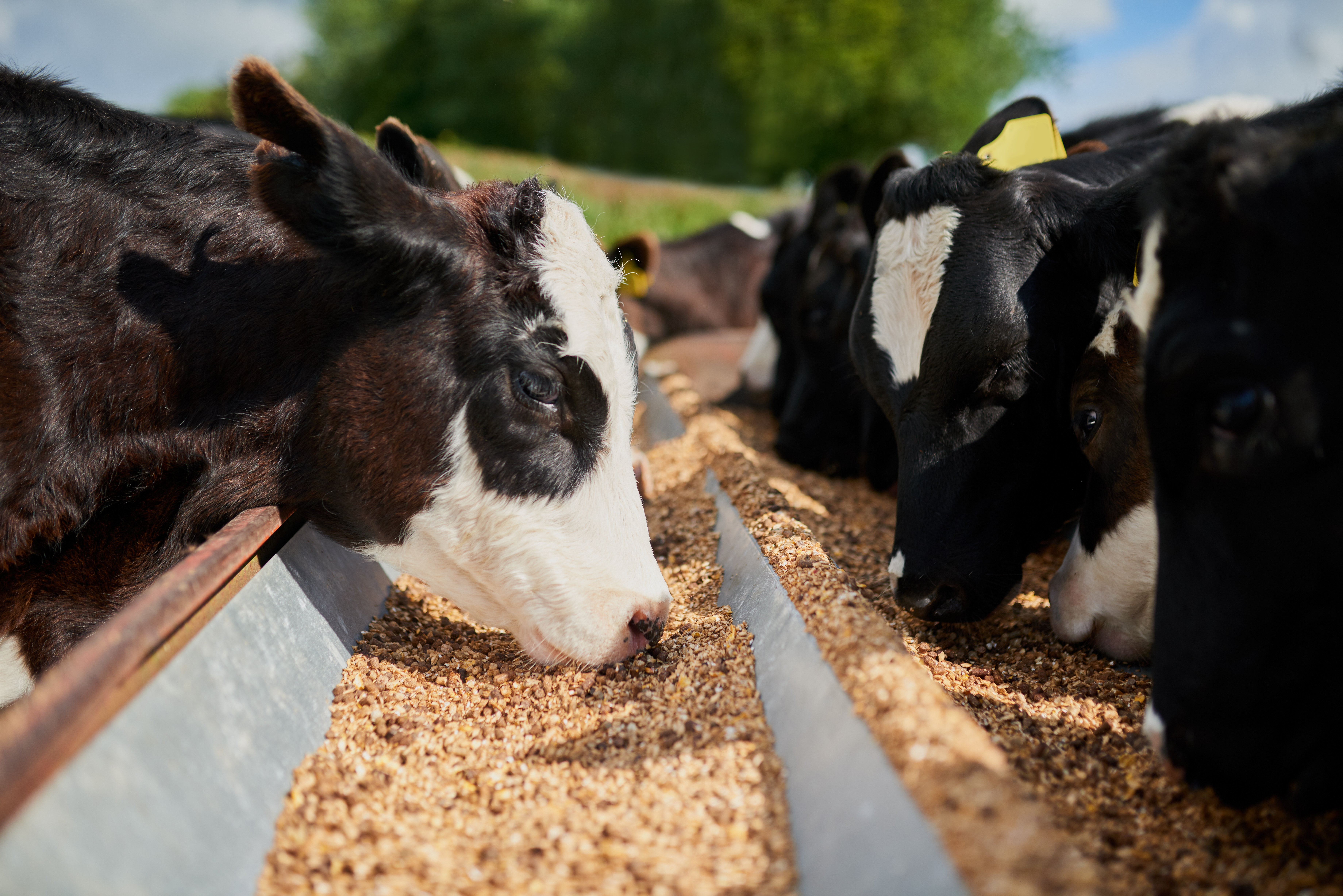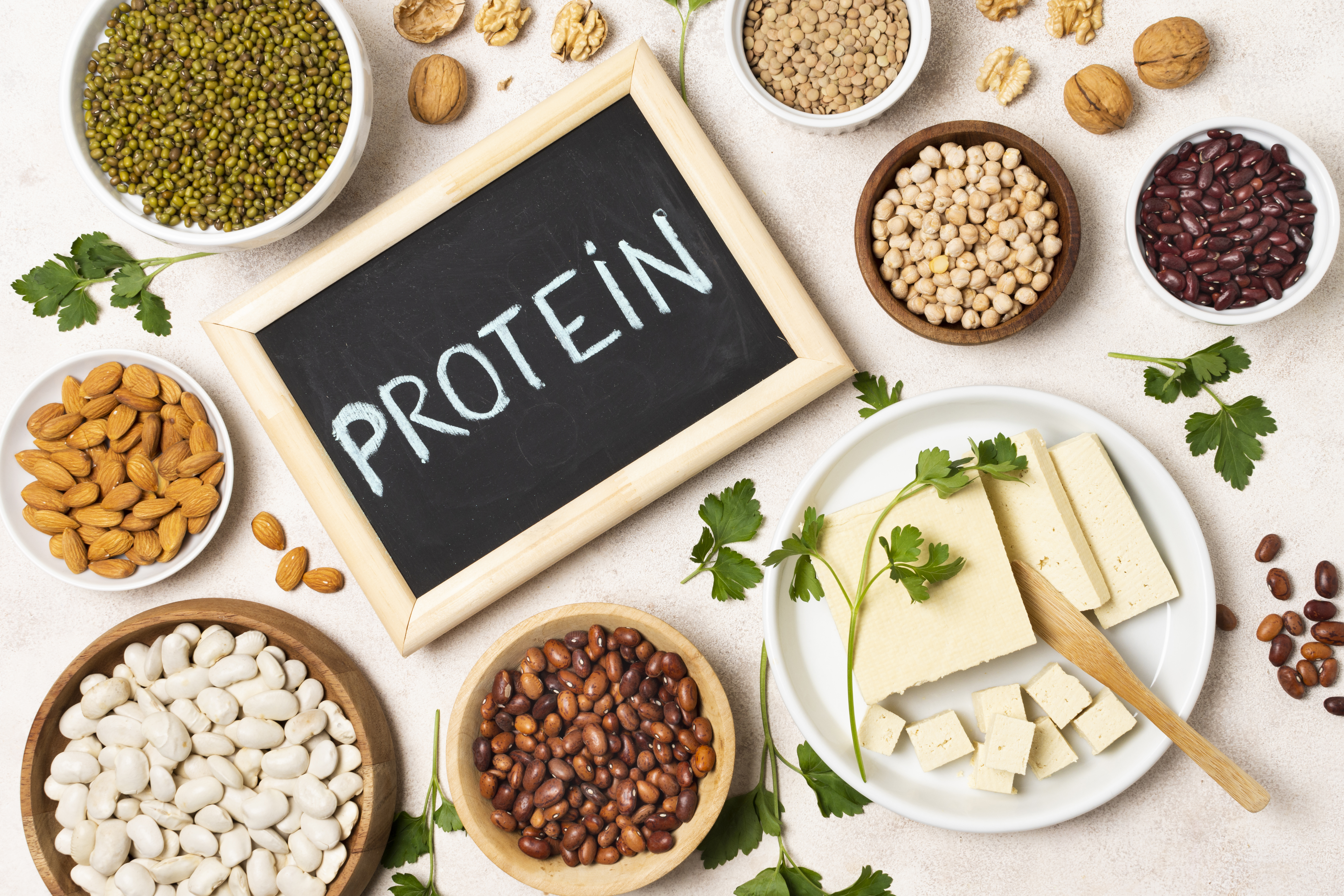Alternative Protein for Animal and Aquatic Feed
A global agribusiness player with a focus on sustainable food systems sought strategic insights to diversify its animal and aquatic feed portfolio. With rising concerns around ingredient sourcing, environmental impact, and import dependence, the client was keen on identifying viable, sustainable, and innovative protein alternatives.
The global animal feed protein market is on a steady growth trajectory—expected to rise from $286.91 billion in 2023 to $372.95 billion by 2028, at a CAGR of over 5.4%. This expansion is fueled by increasing demand for high-quality animal products, growing awareness of animal health and nutrition, and a shift toward sustainable agricultural practices.
In this evolving landscape, conventional feed sources face mounting pressure due to their environmental footprint, rising costs, and supply chain vulnerabilities. As a result, the search for innovative, sustainable, and commercially viable protein alternatives is becoming a strategic priority for feed manufacturers and agribusinesses.
Client Background:
The client is a top agribusiness player renowned globally for focusing on sustainable food systems and seeking strategic insights to diversify animal and aquatic feed portfolios.
Engagement Objective:
The engagement focused on conducting a comprehensive exploratory study to evaluate the evolving landscape of protein alternatives for feed. The key goals were:
- To identify novel and emerging protein ingredients applicable across segments, including ruminants, monogastrics, aquafeed, and pet food
- To assess the sustainability potential of identified ingredients in the context of deforestation, carbon impact, and circularity
- To generate insights and strategic recommendations for future-ready product development
For a closer look at emerging ingredients and sustainability strategies, fill in the form to get the full case study.
Methodology
The project followed a structured multi-step approach:
- Technology & Ingredient Scouting
- Mapped emerging and underexplored protein sources across geographies
- Benchmarked traditional vs. alternative ingredients in terms of cost, nutritional value, and scalability
- Sustainability & Feasibility Assessment
- Evaluated life-cycle sustainability indicators of each ingredient (land use, emissions, water consumption)
- Identified region-specific sourcing challenges and regulatory considerations
- Market & Application Mapping
- Segmented ingredient use cases by species (ruminants, poultry, fish, pets)
- Reviewed ongoing commercialization efforts and partnerships across the feed value chain
- Insight Synthesis & Recommendations
- Prioritized protein sources based on market readiness, functionality, and environmental impact
- Suggested roadmap for pilot integration and scale-up
Client Impact:
The study empowered the client to:
- Develop a robust pipeline of alternative feed ingredients aligned with evolving regulatory and sustainability demands
- Mitigate risks associated with import dependence and deforestation-linked sourcing
- Take informed steps towards innovation-led, sustainable product development in animal and aquatic nutrition



